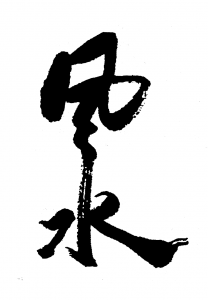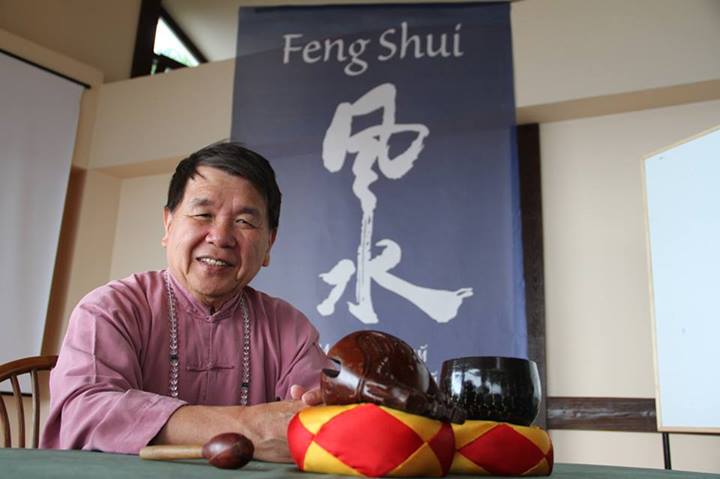Long before Feng Shui became known by its modern name, the ancient Chinese were observing the world as a living network of relationships. The night sky, the flow of rivers, the shape of mountains, the change of seasons — all of these were seen as reflections of one greater whole.
In early Chinese thought, “Heaven and Earth were not separate realms, but two parts of one continuous system”, always responding to one another. This way of understanding the world formed a sophisticated cosmology, one based on patterns, resonance, and balance.
This worldview was recorded in many classical works, such as the “Yijing” (“Book of Changes”), the “Lüshi Chunqiu”, the “Huainanzi”, and the “Kaogong ji (“The Artificers’ Record”). These texts describe how natural forms and spatial orientation influence harmony, prosperity, and well-being — principles that later became the foundation of Feng Shui.
Observation Became Knowledge
For centuries, scholars, builders, and village elders observed how different landscapes affected life.
Some settlements flourished near gently curving rivers and protective hills, while others suffered when exposed to harsh winds or stagnant water.
Over time, experience accumulated:
- Villages with mountains behind and open land in front tended to thrive.
- Houses oriented along supportive landforms felt calmer and more secure.
- Burial sites placed in balanced, sheltered terrain were believed to bless descendants with long life and stability.
This was not superstition — it was empirical, practical knowledge, refined generation after generation. People learned through direct observation what we today call geomancy — interpreting the land to find the places most in harmony with human life.
The Emergence of Feng Shui
 As these insights deepened, the Chinese developed what we now recognize as Feng Shui — literally “Wind and Water.”
As these insights deepened, the Chinese developed what we now recognize as Feng Shui — literally “Wind and Water.”
This form of Feng Shui, the earliest and most traditional, focuses on reading the shapes of the land, the movement of water, and the protective embrace of mountains. It is known as the Form School Feng Shui.
Here, the key question is not about symbolic directions or abstract calculations, but:
How does the landscape support and nourish life?
A valley that gathers gentle airflow, a river that curves like a protective arm, a mountain shaped like a guardian — these are the natural forms that create environments where people can live in harmony.
Master Shan-Tung Hsu and the Living Tradition
 In modern times, the most respected bearer of this classical Form School lineage was Master Shan-Tung Hsu (徐献堂), who dedicated his life to preserving the traditional, observation-based Feng Shui — untouched by later additions of superstition or commercial reinterpretation.
In modern times, the most respected bearer of this classical Form School lineage was Master Shan-Tung Hsu (徐献堂), who dedicated his life to preserving the traditional, observation-based Feng Shui — untouched by later additions of superstition or commercial reinterpretation.
Until his passing in 2025, Master Hsu was recognized as the only Chinese master actively teaching the authentic Form School Feng Shui in the West. He emphasized:
- Learning directly from the living landscape
- Understanding relationships of form and flow
- Returning Feng Shui to its practical, grounded origins
A Living Wisdom for Modern Life
Today, Feng Shui is not simply about arranging rooms or choosing colors.
It is a way of seeing — a way of reconnecting human life with the deeper patterns of nature.
This wisdom began with observing the sky and earth as one dynamic system.
It matured through centuries of experience in building homes, villages, cities, and sacred spaces. And it continues now as a practical compass for finding places that support clarity, vitality, and peace.


